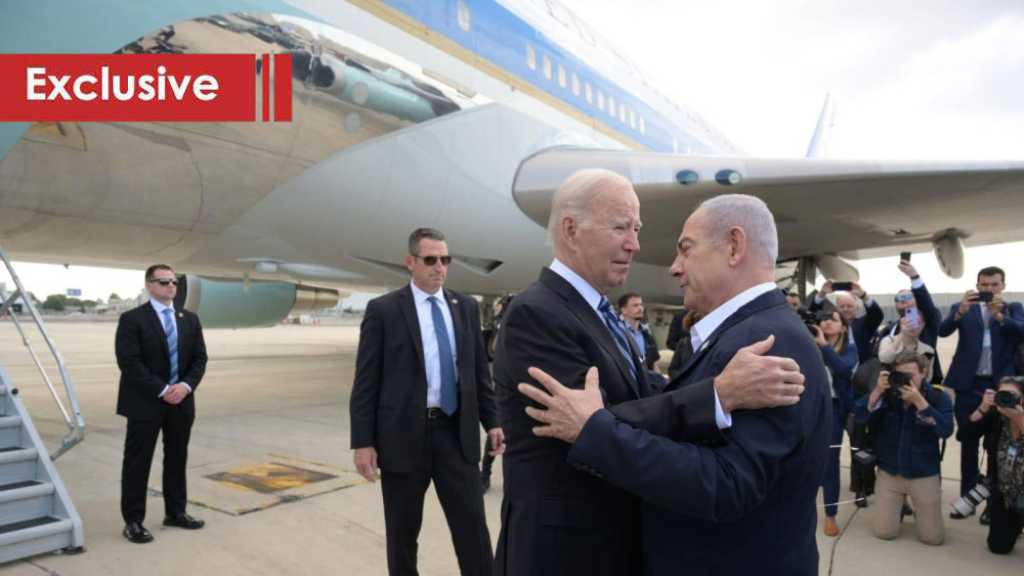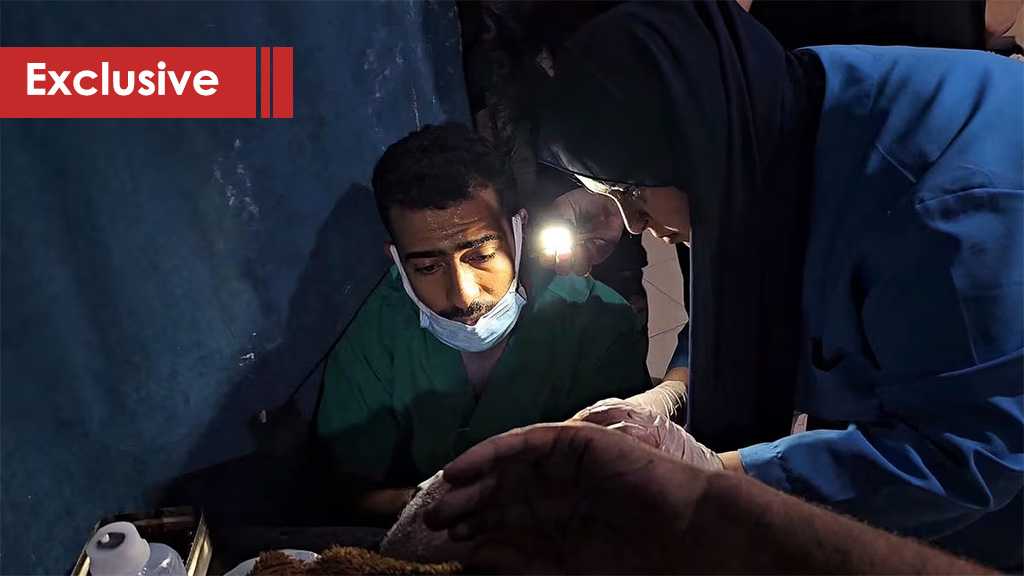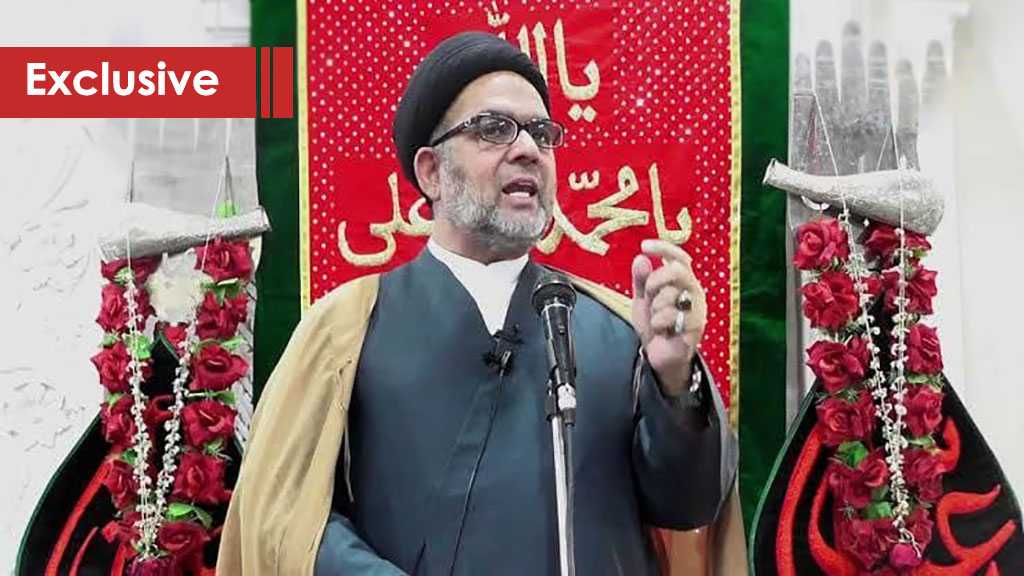
What Lebanon will there be without resistance?

Ten years have passed since the liberation of Lebanon (at least most of its land and those held captive) on May 25. The first thing that comes to mind is the truth of the saying of the renowned journalist George Naqqash on the evening of the first Lebanese Independence Day: "two negatives cannot make a country." A unified identity of citizens in a country does not mark them by negativity and rejection; it is achieved by a common positive area in culture and coexistence, and in building a successful patriotic plan capable of surviving challenges, most important of which are those of foreign occupation.
Why is that Naqqash's saying comes to mind now? We remember it because the wound he pressed his finger on is the same wound the Lebanese resistance has cured with its sacrifices and hard work through the years in a whole different context- a positive and constructive one.
In sociological convention, the cultural identity of a group or a society is a constructive process. It is a conscious blending with belonging, culture, and common fate all of which are associated with hope and trust in the ability of the group to overcome hardships and successfully stand out from other groups.
The Lebanese resistance has represented all the meanings relevant to the Lebanese identity. It has attained true success (perhaps the only one so far) in proving the ability of the Lebanese society in forming an effective structure capable of creating and executing strategies when confronting a modern western structure being the "Israeli" entity, and triumphing against it, based on the self-confidence of the group, its youth and their minds (which the enemy has acknowledged its novelty when they talked about the mind wars between their generals and the leaders of the resistance).
From here, the principle of trusting the strength of Lebanon not its weakness is the first barricade in the success of the Lebanese self- dependency program by relying on the national group instead of others to protect and build the country.
Weakness is no longer a way to join any axis or international alliance that comes contrary to the geographical and cultural depth surrounding Lebanon. Unlike the rightist Lebanese political speech which has focused on weakness as a gateway for seeking constant external protection; the self strength represented by the experience of resistant Lebanon as a whole, government army and people, has brought about a turning point in the culture making it one based on the strength of Lebanon acting as its protector from external intervention and strengthening its connections to its Arabic depth rather than being at its expenses.
Based on this meaning, the Lebanese patriotism is intertwined with Arabism instead of opposing it. This clarifies the Lebanese specialty through the resistance model as a gateway to the Arab world, thus fulfilling the need to show the differences and similarities together. These are two dimensions of one identity. They are not two opposites dragging on partition and secession within the national culture.
This is exactly what the modern cultural sociology points to when analyzing the objectivity of identity taking into consideration it involves multiple dimensions in a single special character (which is the direction that affected the French Lebanese writer Amin Maalouf when he wrote ‘Killer Identities').
Perhaps this is what highlights the deep dilemma and self- separation which the Lebanese culture has suffered from. This is summarized by the constitutional debate about Lebanon with the Arab façade facing the un-Arabic one (the French and western one).
The National Taef Accord document formed a theoretical settlement of the secession by confirming the belonging of Lebanon to its Arabic identity, and its obvious role in the struggle against "Israeli" occupation. And as important as this constitutional settlement proved to be for the cultural identity, it remains without a real model, rendering it a political romance. This document has needed the resistance to fortify this identity and this belonging with the blood of its martyrs and its patriotic behavior.
The successful resistance model did not only bring about the national and Arabic identity of Lebanon; it mixed them together in the "symbol" which is the backbone of the national cultural memory. These symbols range from: the simplest ones of the Lebanese resistance such as the yellow flag, to the greatest represented by the martyrs. They have become the symbols of Arabic identity, even to all the fighter of the world. This is how Sayyed Hassan Nasrallah and martyrs such as Sayyed Abbas Moussawi, Ragheb Hareb, and Imad Moghniyeh became cultural symbols about Lebanon entering the depth of Arabism and its central cause being Palestine.
By describing the identity in constituency with the belonging and shared history, the years of the resistance can be categorized into two. The first slot would be since year 1947 against the "Israeli" assaults and can be described by negative defense. The second slot would be since 1978, the clearer one is that of year 1982 which can be named the initiated organized positive defense. This made it an unbreakable part of the Lebanese history that unified the group memory of all the Lebanese. Martyrs who were killed either directly or indirectly amount to tens of thousands from all over Lebanon: from its north (Akkar and Hermel) to its south (Shibaa and Aaita Al-Shaab). This is how the memory blends with the present; a unifying culture of the whole with the highest interests of partnership and participation.
May 2000 is a culmination of this history and a founding event in politics. It is an ideology of national independent Lebanon, where the resistance is a foundation of sovereignty and a unifier of the state geographically and demographically.
In the case of a country like Lebanon, in front of an enemy like the Zionist entity, sovereignty within the resistance confrontation becomes a situation of the state in its dealing with one of its foundational preludes. Without resistance there is no existence for sovereignty or a single unified authority, instead we would have a homeland without unity, its people divided, some under occupation and others outside it. In this relationship -between the State's continued existence alongside the resistance- lies the Lebanese specialty and not through being contradictory to one another.
However, simplified everyday political culture resorts to falsifying the actual reality, when it uses terms outside of their true meanings and significance, as it places the resistance in opposition to the State, at a time when the official state's institutions are unable to face the dangers and hostile threats.
From another angle, the Lebanese formula maintained by the resistance after the year 2000 victory remains subject to the resistance staying strong, given it did not act as other victorious resistance movements in France, Algeria and Vietnam, where authority became a part of the resistance.
Just because the Lebanese resistance did not set off to place the State under its authority at liberation time -a natural world framework- in order to preserve the existing Lebanese formula -based on diversity and the preservation of the Lebanese characteristic including "confessionalism"- that does not in anyway mean it does not insist on adherence to the minimum effects of the liberation and the preservation of the people's struggles and sacrifices. Hence the introduction of resistance values, not authority, becomes a motivational component of the State's values, in its preservation of this formula and diversity.
However, in Lebanon this matter is more dangerous and serious than all that has been raised, as the current Lebanese formula is threatened with destruction from outside if we loose the resistance. Consequently how can there be diversity if an entire segment of the Lebanese population (the anti-"Israel" political class from all sects) and a complete confession are threatened with genocide, while the State is unable to provide protection without the resistance weapons? What do the repeated "Israeli" threats indicate under the title "The Dahiyeh Doctrine"?
These threats have not impelled any Lebanese official to invest efforts internationally to expose "Israel's" blackmail to the world of openly committing an act of genocide against cities, residential areas and the people therein. A hostile plan targeting Lebanon as a whole, aimed at a specific confession that hosts the resistance in the suburbs, the south and the Bekaa. "Israel" openly threatens with genocide, annihilation and destruction of this segment's urban and rural dwellings and threatens to displace them (for the tenth time at least) out of Lebanon this time perhaps. The imminent danger and immediate "Israeli" threats of demographic and geographic genocide against a confession that embraces the resistance are threats to put an end to the Lebanese formula by eradicating one of its components. They are threatening to end co-existence, because when this threat is allowed to manifest, who would the rest of the Lebanese coexist with?
Targeting the resistance weapons so sharply by some Lebanese sides represents a non-symbiotic message to the entire confession embracing the resistance that these sides are ready to subject them to genocide and transform their areas of inhabitance into the Dahiyeh destruction model of 2006. Thus the public receiving this message discovers that some in Lebanon are turning against the Lebanese formula and against co-existence, which the resistance protected and preserved.
Some in Lebanon, perhaps knowingly, do not mind if the villages in the south, the southern suburbs and the Bekaa are turned into a larger Sabra and Shatila model, in their entirety or partially, under formal arguments such as "arms duet" (a sectarian and factional form within the state through the decision making authority for the Internal Security Forces (ISF) and the ambiguities hovering round its role in the last five years) by exposing Lebanon's formula and co-existence to annulment under the weight of the "Israeli" "Dahiyeh Doctrine."
Any Lebanese authority, be it political, executive or other, is considered illegitimate by the logic of the constitution if it acts in contravention with the co-existence Charter.
Since the resistance is part of the sovereignty protection mechanism for Lebanon as a whole, it simultaneously forms a conservation factor against "Israeli" reprisals and genocide of nearly a third of Lebanon's population, hence maintaining the resistance and its strength sits at the heart of co-existence. Any authority that is hostile to the resistance is therefore illegitimate, null and void under the Constitution, regardless of whether its ministerial statement mentions the resistance item under the country's defense or liberation.
None can any longer shun the organic relationship between the values of the resistance and Lebanon's identity. This is when viewed from within the Lebanese model-favored by all as a unique and versatile formula capable of accommodating the specificities of all Lebanon's segments and not suppressing them-rather than to think from outside the box, i.e. through the antagonistic view of the resistance, whether through American or even "Israeli" perspective?



